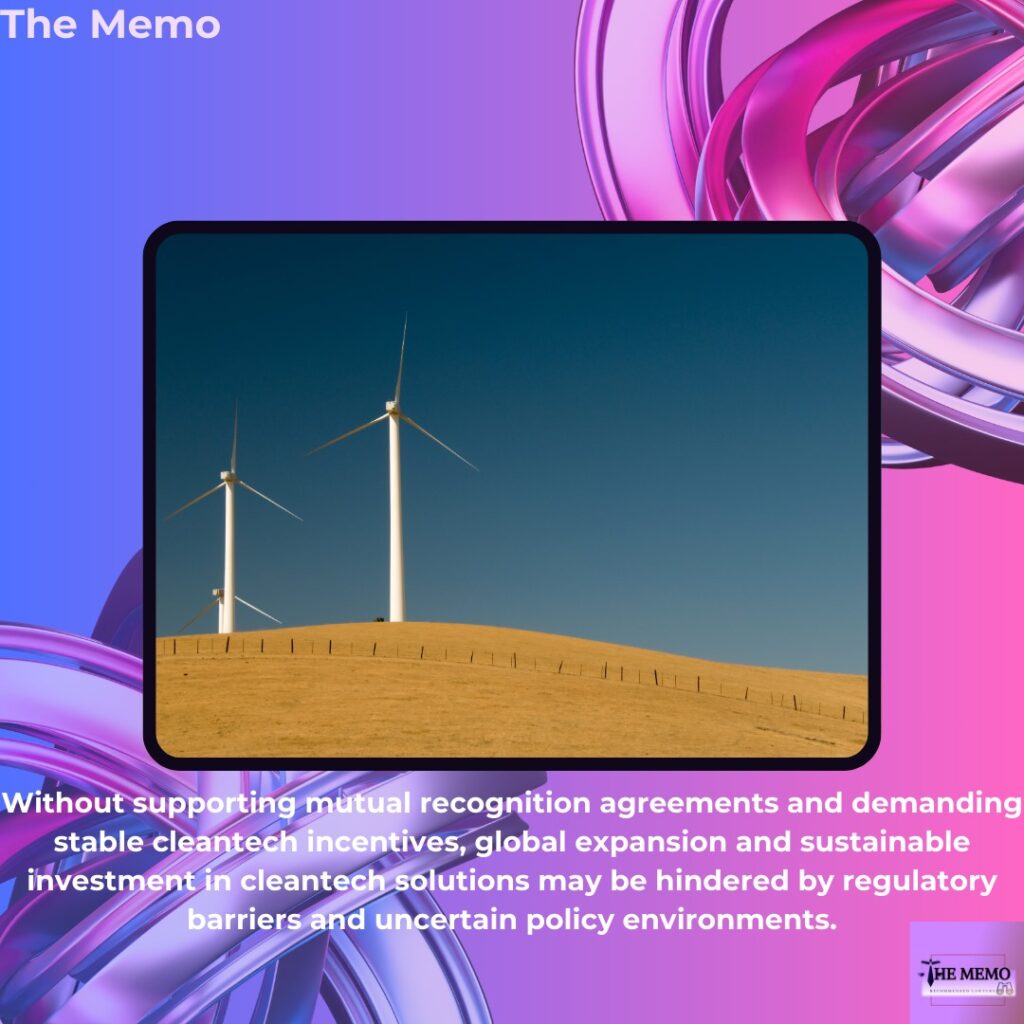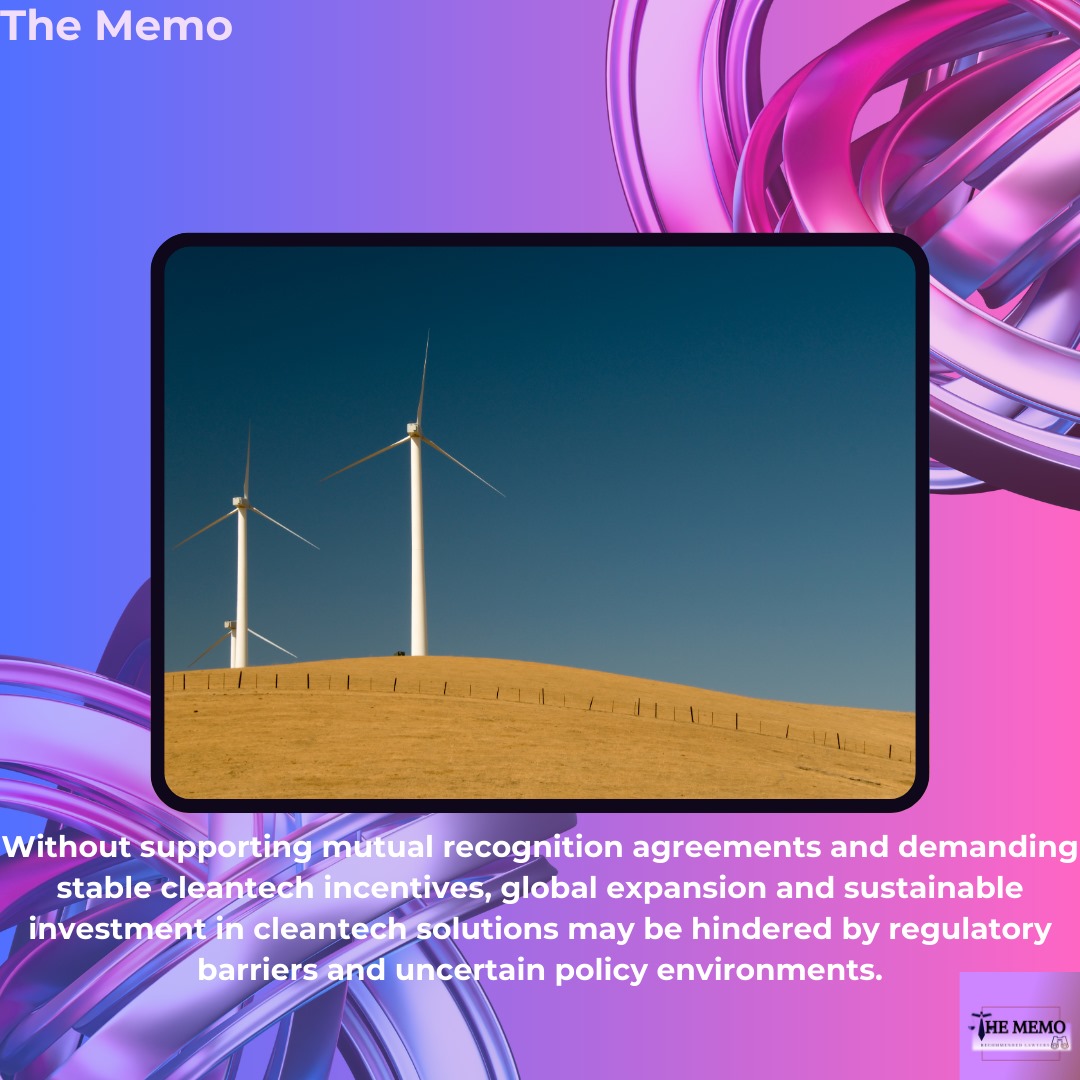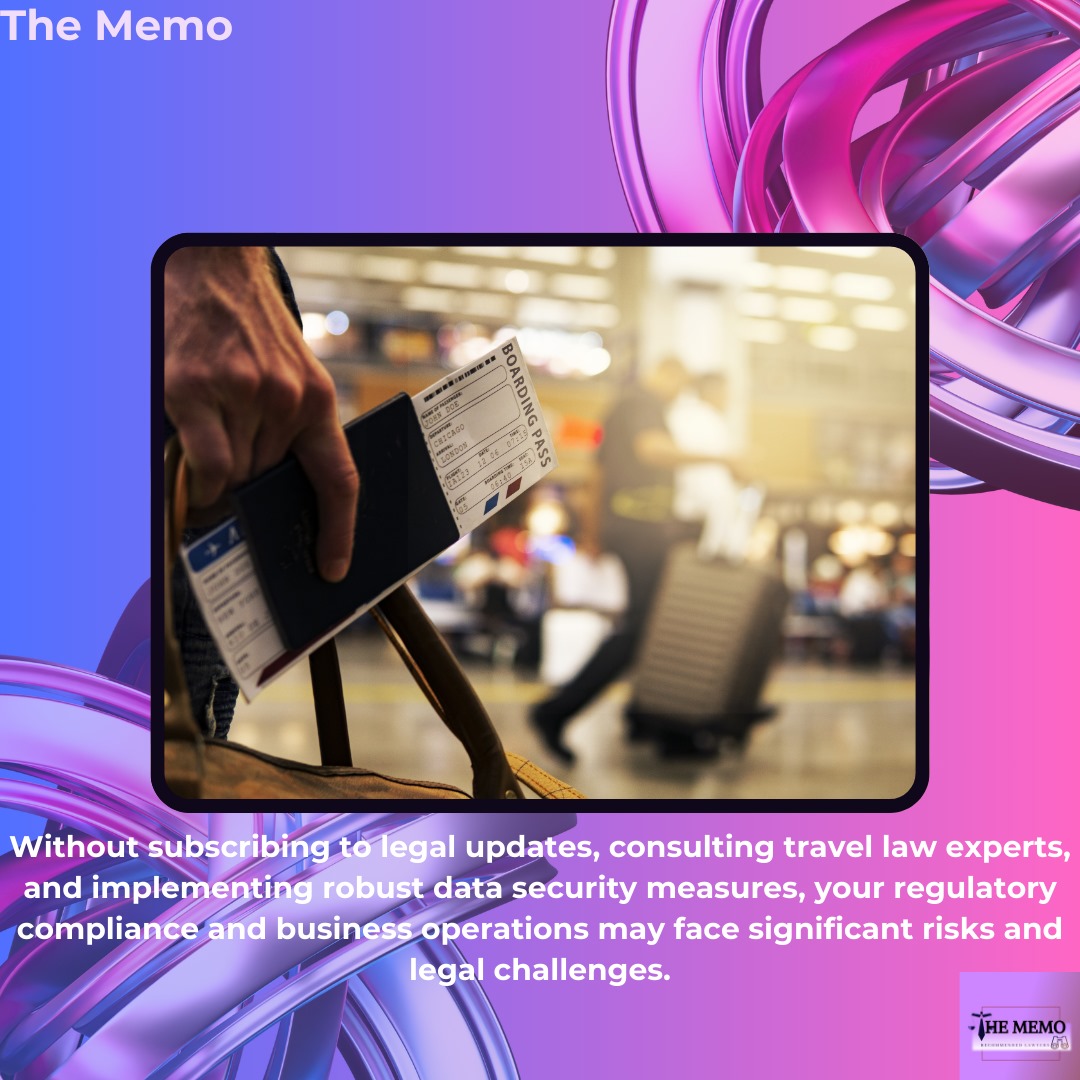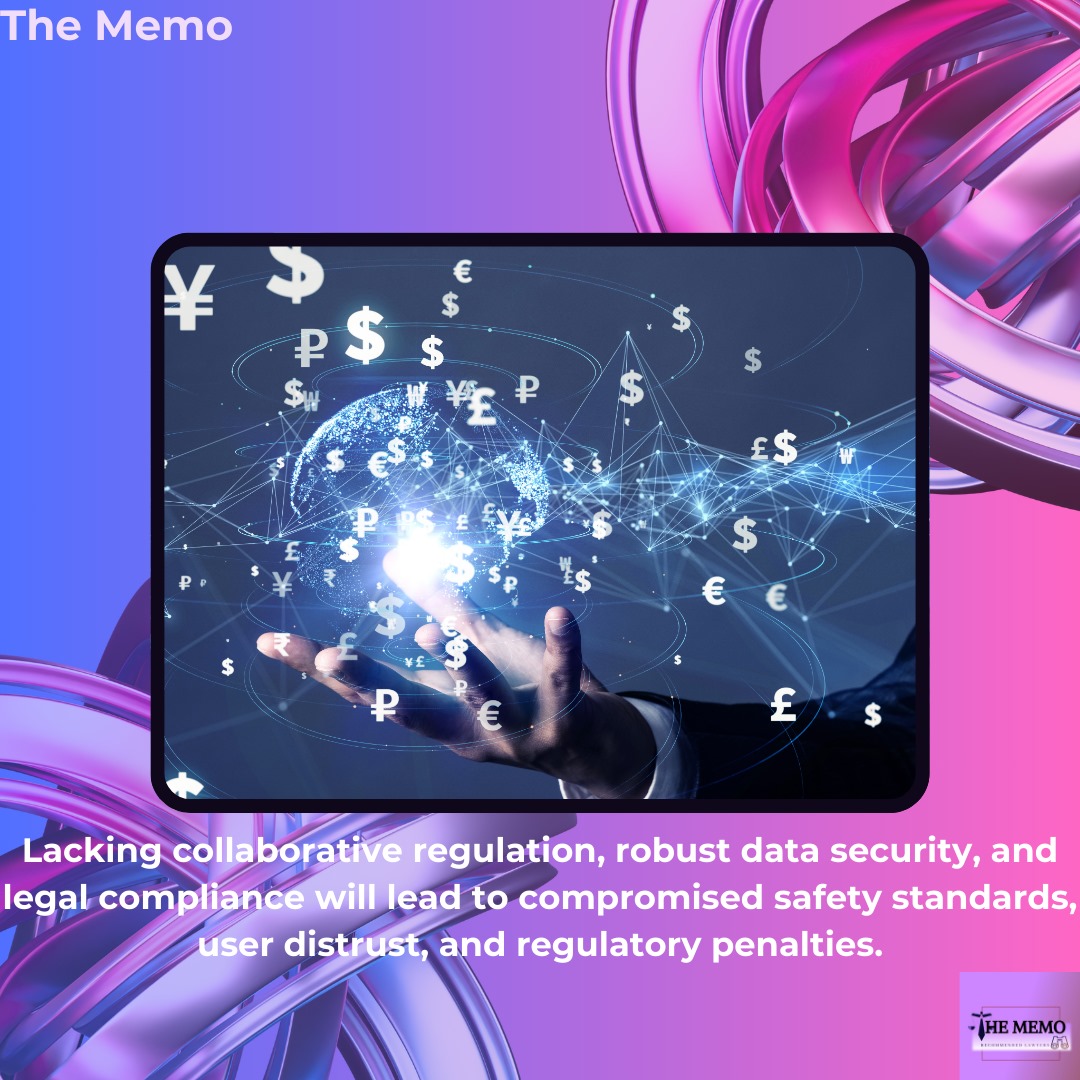
The fight against climate change hinges on accelerating the development and deployment of clean technologies (cleantech). These innovative solutions, encompassing renewable energy, energy efficiency, and sustainable resource management, hold immense promise for a greener future. However, fostering a thriving cleantech sector requires a robust legal framework that incentivizes innovation, ensures market stability, and protects the environment. The journey of the start-up, an Indian cleantech startup, illustrates the challenges and solutions in navigating this complex legal landscape.
Initial Challenges: Inconsistent and Evolving Regulatory Frameworks
The start-up, founded in 2017, aimed to revolutionize the renewable energy landscape in India with its innovative solar power solutions. One of the primary challenges they faced was the inconsistency and evolving nature of regulatory frameworks across different jurisdictions. Environmental regulations, permitting processes, and financial incentives varied significantly, creating uncertainty for the start-up as they sought to operate and expand their reach.
This inconsistency hindered their ability to scale and slowed down the adoption of their cleantech solutions. The start-up needed to find ways to navigate these regulatory complexities to foster their growth and impact.
Promoting Mutual Recognition
To address this challenge, the start-up advocated for the development of mutual recognition agreements (MRAs) between countries. MRAs allow one jurisdiction to recognize the environmental permits or certifications issued by another, streamlining the permitting process for cleantech companies operating in multiple countries. This approach simplifies regulatory compliance and reduces the administrative burden, enabling companies like the start-up to focus on innovation and growth.
Example: the start-up worked with the Indian government and international partners to establish MRAs for their solar technology certifications. If the start-up obtained an environmental permit in India, this permit could be recognized in other participating countries without redundant applications. This mutual recognition fostered a more seamless and integrated global market for their cleantech solutions, encouraging cross-border investments and collaborations.
Enhancing Transparency and Information Sharing
In addition to mutual recognition, enhancing transparency and information sharing between jurisdictions was vital for the start-up. They needed clear and accessible information on cleantech regulations, permitting processes, and financial incentives to reduce complexity and facilitate compliance.
Solution: the start-up helped develop centralized information platforms that provided comprehensive resources for understanding regulatory requirements. These platforms significantly reduced the administrative burden and allowed the start-up to plan strategically.
Example: the start-up collaborated with industry associations and regulatory bodies to create an online portal that aggregated information on cleantech regulations and incentives across different regions. This portal served as a valuable tool for cleantech companies, enabling them to navigate regulatory landscapes more effectively.
Uncertainties Surrounding Long-Term Policy Commitments
Governments often offer tax credits, subsidies, and other financial incentives to stimulate cleantech development. However, these incentives are sometimes subject to frequent changes or short-term extensions, creating uncertainty for investors and cleantech ventures like the start-up. This lack of long-term commitment hindered innovation and delayed the deployment of clean technologies.
Standardized Incentive Structures
The start-up faced challenges with varying tax incentives and subsidies across regions. To address this, they advocated for standardized cleantech tax credit and subsidy structures at the national or regional level. By developing such frameworks, governments can ensure consistency and reduce the complexity of navigating different regulations across jurisdictions.
Solution: the start-up worked with policymakers to establish a regional cleantech incentive program offering a standardized tax credit for all qualifying renewable energy projects. This uniformity provided a predictable environment for investors, encouraging them to commit resources to the start-up’s projects.
Example: the start-up successfully lobbied for a standardized 30% tax credit for solar energy projects across multiple states in India, significantly improving investor confidence and facilitating project financing.
Automatic Renewals Based on Predefined Criteria
To enhance the stability of cleantech incentives, the start-up proposed automatic renewals based on predefined performance benchmarks. These benchmarks could include criteria such as job creation targets, emission reduction goals, or renewable energy generation thresholds.
Solution: the start-up’s advocacy led to the implementation of automatic renewals for tax credit programs based on specific environmental performance metrics.
Example: The Indian government introduced a cleantech tax credit program that automatically renewed for five years if it contributed to a 10% reduction in greenhouse gas emissions within a specified timeframe. This approach incentivized the start-up to focus on achieving tangible environmental benefits, aligning their business goals with broader sustainability objectives.
Sunset Clauses with Grace Periods
Implementing sunset clauses with clearly defined grace periods provided a balanced approach to phasing out cleantech incentives. This approach allowed existing projects to benefit from the incentives while gradually transitioning to new regulatory environments.
Solution: the start-up worked with government agencies to design sunset clauses that provided a smooth transition period for cleantech projects.
Example: The government announced a phase-out of a cleantech subsidy program over three years, providing the start-up with sufficient time to adjust their financial models and strategies.
Transparency and Clear Communication
Regular reviews of cleantech incentive programs, coupled with public reporting on their effectiveness, were essential for fostering transparency and building trust with investors and cleantech ventures.
Solution: the start-up advocated for periodic evaluations and public reporting on the performance of incentive programs.
Example: The government began publishing annual reports detailing the number of cleantech projects supported by tax credits, the amount of renewable energy generated, and the reduction in greenhouse gas emissions achieved. These reports provided valuable insights for investors and cleantech companies, enabling informed decision-making.
The Importance of Long-Term Policy Commitments
From a legal and professional perspective, establishing long-term policy commitments was crucial for fostering a thriving cleantech sector. Legislated minimum durations for cleantech incentives provided investors and ventures like the start-up with a clear timeframe for planning and decision-making.
Solution: the start-up worked with policymakers to advocate for long-term policy commitments and legislated minimum durations for cleantech incentives.
Example: The government introduced a policy that guaranteed cleantech incentives for a minimum of ten years, providing stability and predictability for investors and enabling the start-up to develop long-term business strategies.
Conclusion
The start-up’s journey through the legal and regulatory landscape of the cleantech sector highlights the importance of robust legal frameworks for fostering innovation, ensuring market stability, and protecting the environment. Addressing inconsistencies in regulatory frameworks, enhancing transparency and information sharing, and establishing long-term policy commitments were critical steps for the start-up to overcome their challenges and thrive.
By promoting mutual recognition agreements, advocating for standardized incentive structures, and implementing automatic renewals based on performance benchmarks, the start-up helped create a more predictable and stable environment for cleantech investments. These measures, combined with regular reviews and clear communication, built a robust legal framework that supported the growth and success of the cleantech sector.
The start-up’s success story serves as an inspiring example for other cleantech startups, demonstrating that with the right strategies and support, it is possible to navigate the complex legal and financial landscape and make a meaningful impact in the fight against climate change. By bridging the gap between the public and private sectors, fostering a culture of innovation, and addressing legal challenges, we can empower cleantech ventures to flourish and contribute to a more sustainable future for our planet.





